Optimal Timing for Waterproofing Projects
Waterproofing is a critical process to prevent water intrusion and protect structures from moisture damage. The timing of waterproofing projects significantly impacts their effectiveness and longevity. Proper planning ensures that materials adhere correctly and that the environment is suitable for application.
Spring offers moderate temperatures and increased moisture, making it ideal for waterproofing projects before heavy rains.
Summer provides warm, dry conditions suitable for many waterproofing applications, especially in regions with high humidity.
Fall's cooler temperatures and lower humidity levels make it an excellent time for waterproofing, ensuring protection before winter.
Winter is generally not recommended due to freezing temperatures and moisture risks, but some specialized products can be applied in mild conditions.
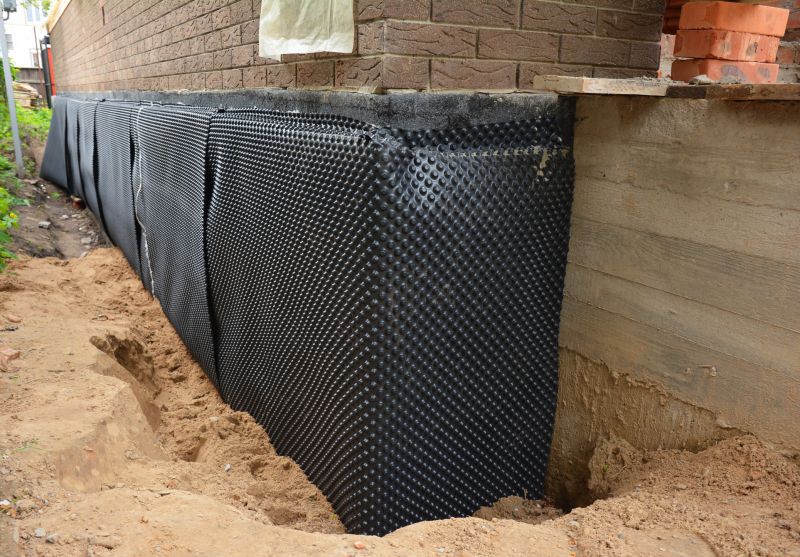
Spring weather provides suitable temperatures and moisture levels for effective waterproofing.

Warm summer days facilitate proper adhesion and curing of waterproofing materials.
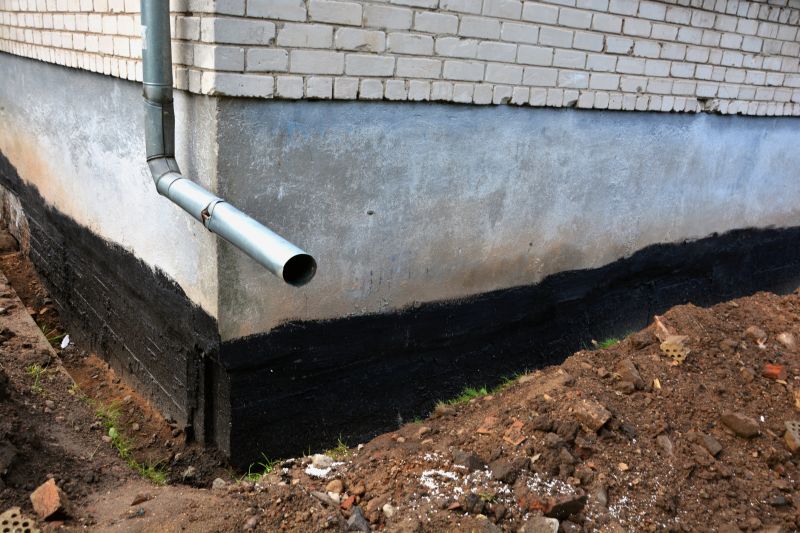
Fall's cooler temperatures help ensure long-lasting waterproofing before winter.

Ways to make Waterproofings work in tight or awkward layouts.
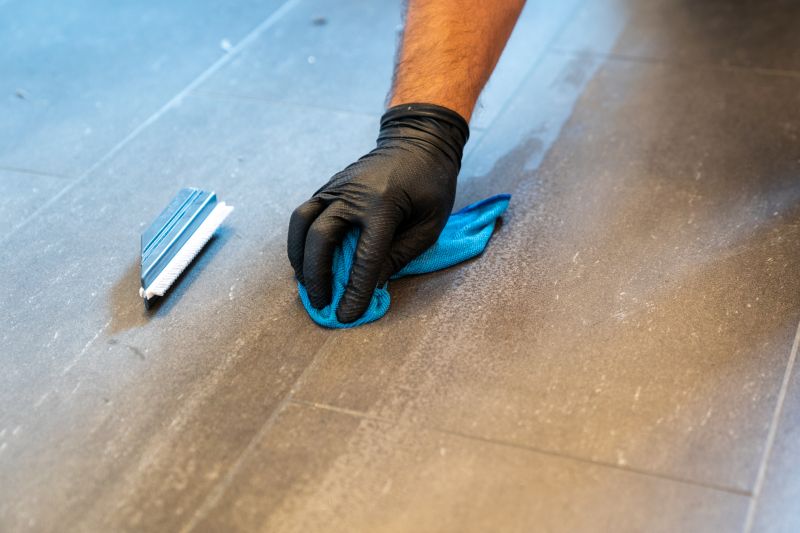
Popular materials for Waterproofings and why they hold up over time.
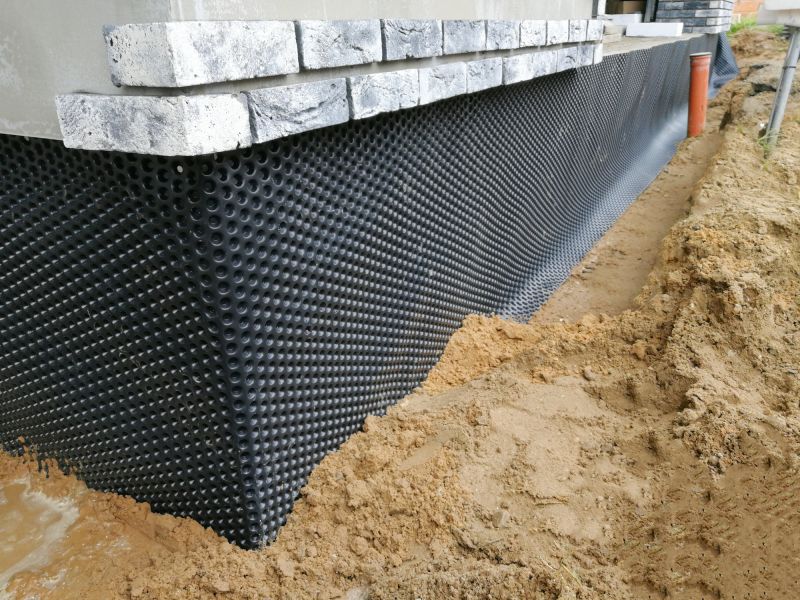
Simple add-ons that improve Waterproofings without blowing the budget.

High-end options that actually feel worth it for Waterproofings.
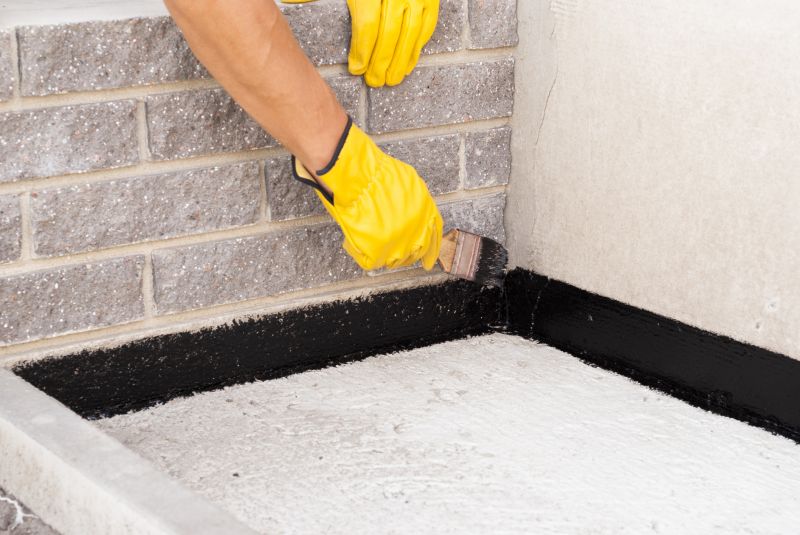
Finishes and colors that play nicely with Waterproofings.
| Season | Ideal Conditions |
|---|---|
| Spring | Temperatures 50-75°F, moderate humidity, no rain |
| Summer | Warm temperatures 70-85°F, low humidity, dry days |
| Fall | Cooler temperatures 50-65°F, low humidity, dry weather |
| Winter | Temperatures above freezing, mild weather, specialized products |
Waterproofings are essential for protecting foundations, roofs, basements, and other structures from water damage. Proper application during optimal seasons ensures durability and effectiveness. Advances in waterproofing technology have improved application methods, allowing for better adhesion, flexibility, and resistance to environmental stressors. Statistics indicate that correctly timed waterproofing can extend the lifespan of structures by several years and reduce repair costs significantly.
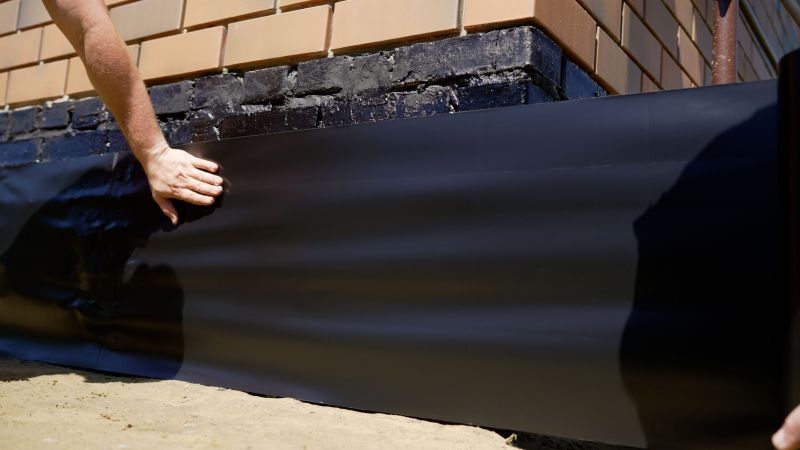
Applying waterproofing during the dry season ensures better adhesion and long-term protection.

Optimal in warm, dry weather to allow proper curing and adhesion of roofing membranes.
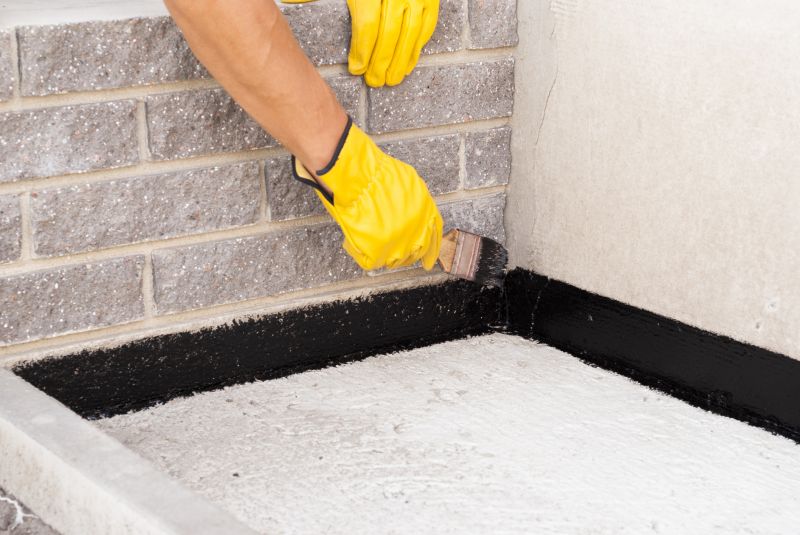
Prepares structures for winter by sealing out moisture and preventing leaks.
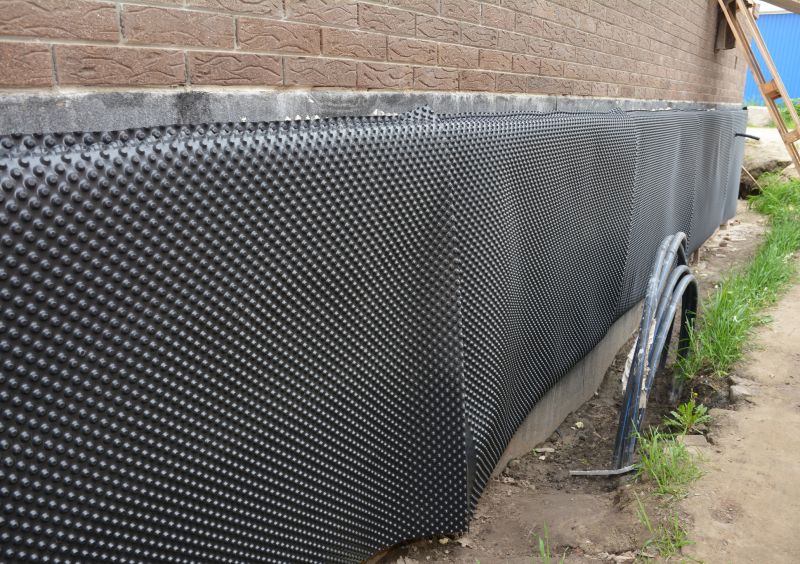
Different materials are suited for various seasons, with some requiring specific temperature ranges for application.
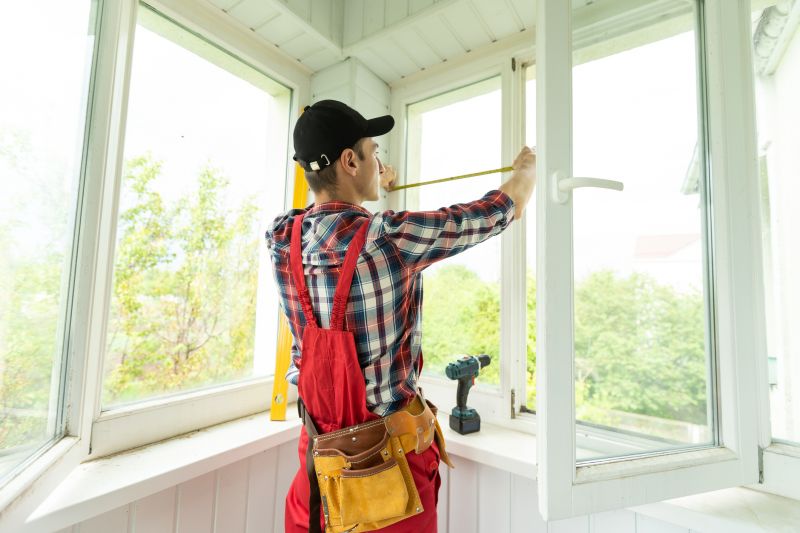
Little measurements that prevent headaches on Waterproofings day.

A 60-second routine that keeps Waterproofings looking new.
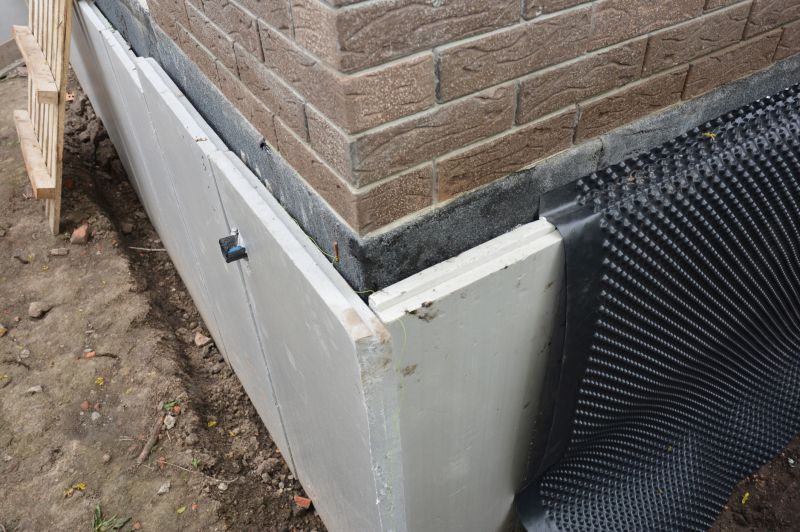
A frequent mistake in Waterproofings and how to dodge it.
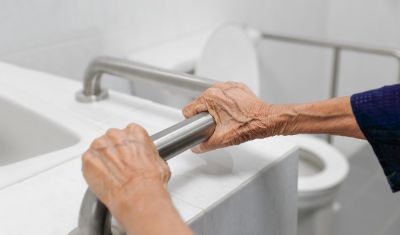
Small tweaks to make Waterproofings safer and easier to use.
Choosing the right time for waterproofing depends on local climate conditions and the specific project requirements. Consulting with waterproofing professionals can help determine the best schedule to maximize protection and durability. Proper timing not only ensures effective application but also reduces the likelihood of rework and additional expenses.
Interested in waterproofing services? Filling out the contact form can provide tailored advice and scheduling options to ensure optimal protection for property structures.

